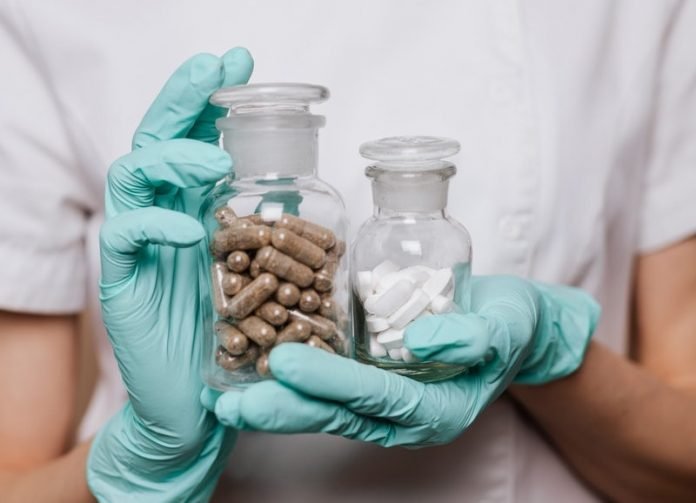
In a new study, researchers have used machine learning to identify hundreds of new potential drugs that could help treat COVID-19, the disease caused by the novel coronavirus, or SARS-CoV-2.
They developed a drug discovery pipeline that identified several drug candidates.
The drug discovery pipeline is a type of computational strategy linked to artificial intelligence—a computer algorithm that learns to predict activity through trial and error, improving over time.
The research was conducted by a team at the University of California, Riverside.
With no clear end in sight, the COVID-19 pandemic has disrupted lives, strained health care systems, and weakened economies.
Efforts to repurpose drugs, such as Remdesivir, have achieved some success. A vaccine for the SARS-CoV-2 virus could be months away, though it is not guaranteed.
As a result, drug candidate pipelines, such as the one developed in this study, are extremely important to pursue as a first step toward the systematic discovery of new drugs for treating COVID-19.
Existing FDA-approved drugs that target one or more human proteins important for viral entry and replication are currently a high priority for repurposing as new COVID-19 drugs.
The demand is high for additional drugs or small molecules that can interfere with both entry and replication of SARS-CoV-2 in the body. Our drug discovery pipeline can help.
In the study, the team used small numbers of previously known ligands for 65 human proteins that are known to interact with SARS-CoV-2 proteins. They generated machine learning models for each of the human proteins.
The researchers were thus able to create a database of chemicals whose structures were predicted as interactors of the 65 protein targets. They also evaluated the chemicals for safety.
The team then used their machine learning models to screen more than 10 million commercially available small molecules from a database comprised of 200 million chemicals and identified the best-in-class hits for the 65 human proteins that interact with SARS-CoV-2 proteins.
Taking it a step further, they identified compounds among the hits that are already FDA approved, such as drugs and compounds used in food.
They also used machine learning models to compute toxicity, which helped them reject potentially toxic candidates. This helped them prioritize the chemicals that were predicted to interact with SARS-CoV-2 targets.
Their method allowed them to not only identify the highest scoring candidates with significant activity against a single human protein target but also find a few chemicals that were predicted to inhibit two or more human protein targets.
The team argues that their computational strategy for the initial screening of vast numbers of chemicals has an advantage over traditional cell-culture-dependent assays that are expensive and can take years to test.
They are looking for funding and collaborators to move toward testing cell lines, animal models, and eventually clinical trials.
One author of the study is Anandasankar Ray, a professor of molecular, cell, and systems biology.
The study is published in the journal Heliyon.
Copyright © 2020 Knowridge Science Report. All rights reserved.



